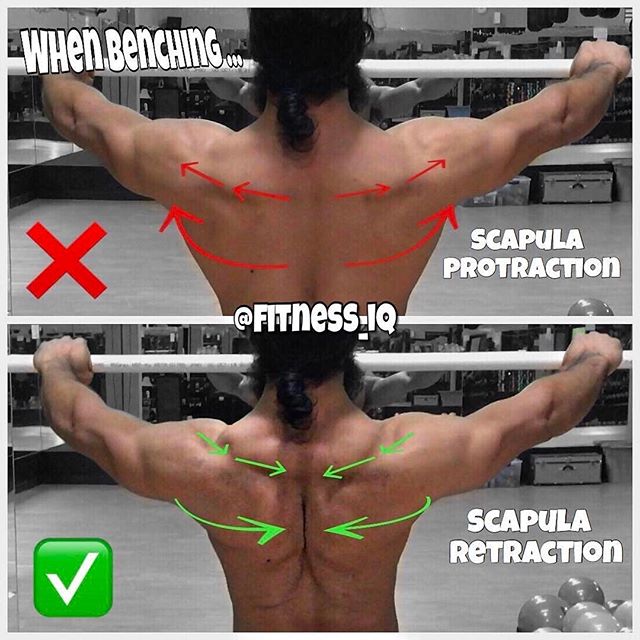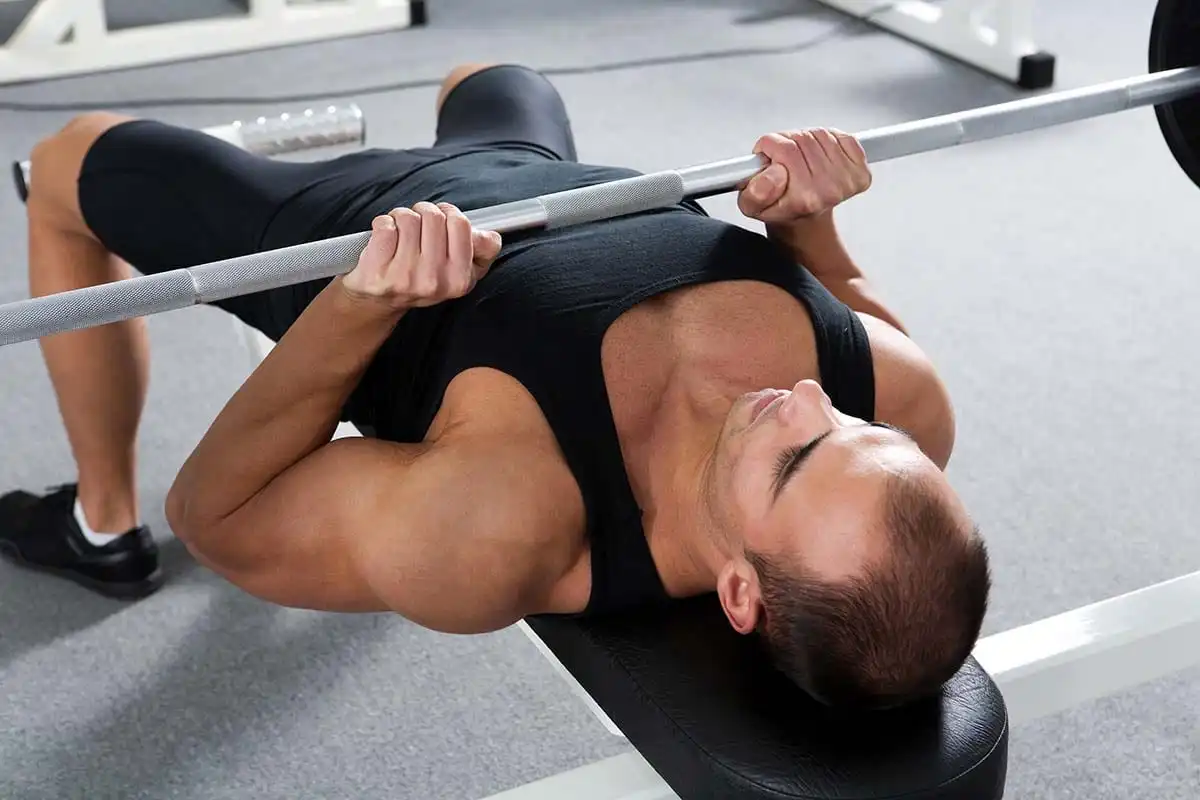
Mastering Bench Press Stability: Overcoming Common Challenges
Mastering Bench Press Stability: Overcoming Common Challenges
The bench press is a fundamental movement in both powerlifting and general strength training, but achieving consistent stability is one of the most difficult aspects of the lift. Whether you're struggling with unsteady bar path, poor leg drive, or weak lockout, instability can be the limiting factor in reaching your maximum potential.
This guide explores the biggest challenges lifters face when attempting a stable bench press and provides actionable fixes to improve control, strength, and overall efficiency.
1. Lack of Upper Back Engagement: The Foundation of Stability
One of the most overlooked aspects of a strong bench press is proper upper back activation. Without a solid base, lifters experience shaky bar control, poor force transfer, and reduced pressing power.
Signs of Weak Upper Back Engagement
- Difficulty maintaining scapular retraction during the press.
- Bar wobbling throughout the movement.
- Inconsistent pressing angles, making lockout harder.
How to Fix It
✔ Retract & depress the scapula: Focus on pulling your shoulder blades together and locking them down before lowering the bar.
✔ Strengthen upper back muscles: Incorporate rows, face pulls, and band pull-aparts into your training.
✔ Use proper bench setup: Position yourself so that your upper back is tightly compressed against the bench, eliminating excessive movement.

2. Unstable Grip & Wrist Positioning: Energy Leakage & Injury Risk
A weak grip or incorrect wrist positioning can lead to energy leakage, making the lift feel unstable. Many lifters struggle with wrist flexion, causing unnecessary strain.
Signs of an Unstable Grip
- Wrist bending excessively, leading to discomfort.
- Difficulty keeping the bar aligned with forearm.
- Loss of bar control near the chest.
How to Fix It
✔ Maintain a neutral wrist position: Keep wrists stacked directly under the bar to avoid unnecessary bending.
✔ Use a full grip: Avoid a “suicide grip” (thumbless grip) to improve bar control.
✔ Squeeze the bar tightly: A strong grip enhances muscle activation across the upper body.
3. Poor Leg Drive: Missing the Essential Force Transfer
Many lifters underestimate leg drive, yet it plays a crucial role in creating full-body tension and improving power transfer during the lift.
Signs of Weak Leg Drive
- Feet lifting slightly off the ground during presses.
- Lack of explosiveness when pushing the bar upward.
- Arching the lower back excessively instead of generating power through the legs.
How to Fix It
✔ Position your feet correctly: Ensure firm contact with the ground throughout the movement.
✔ Drive through your heels: Push against the floor to create leg tension, which stabilizes the upper body.
✔ Engage your quads: Think of the movement as a full-body press, not just an upper-body lift.
4. Incorrect Bar Path: Avoiding Shoulder Strain & Improving Efficiency
Many lifters make the mistake of pressing the bar straight up instead of following a J-curve path, which can limit force efficiency and increase strain on the shoulders.
Signs of Incorrect Bar Path
- Pressing straight vertically, reducing leverage.
- Struggling to lock out due to bar placement errors.
- Shoulder discomfort caused by improper pressing angles.
How to Fix It
✔ Lower the bar to the mid-chest: Avoid pressing too high toward the collarbone.
✔ Press slightly back towards your shoulders: Initiate the movement with a slight backward angle.
✔ Use tempo reps to refine control: Slowing down the eccentric phase helps establish the correct pressing path.

5. Weak Lockout: Struggling with the Final Phase of the Lift
Weak triceps engagement often leads to inconsistent lockout strength, preventing lifters from completing heavy reps successfully.
Signs of Weak Lockout Strength
- Bar slowing down midway through the press.
- Struggling to complete heavy lifts despite strong initial movement.
- Excessive shoulder involvement near the lockout phase.
How to Fix It
✔ Incorporate close-grip bench press: This variation targets triceps directly.
✔ Train dips and skull crushers: These exercises strengthen lockout mechanics.
✔ Use bands or chains for overload: Resistance bands help build explosive power in the final phase.

Final Thoughts: Unlocking a Stable Bench Press for Maximum Strength
Bench press stability isn’t just about lifting heavy—it’s about refining control, positioning, and force transfer to maximize efficiency. Whether it’s fixing upper back activation, improving grip strength, mastering leg drive, refining bar path, or strengthening lockout, addressing these challenges will lead to stronger, more stable presses in both powerlifting and general strength training.
Focus on perfecting setup, execution, and accessory movements, and watch your bench press transform into a more powerful, controlled, and efficient lift.
Would you like additional training recommendations tailored to powerlifting or hypertrophy-specific goals? Let me know how I can refine this further!






